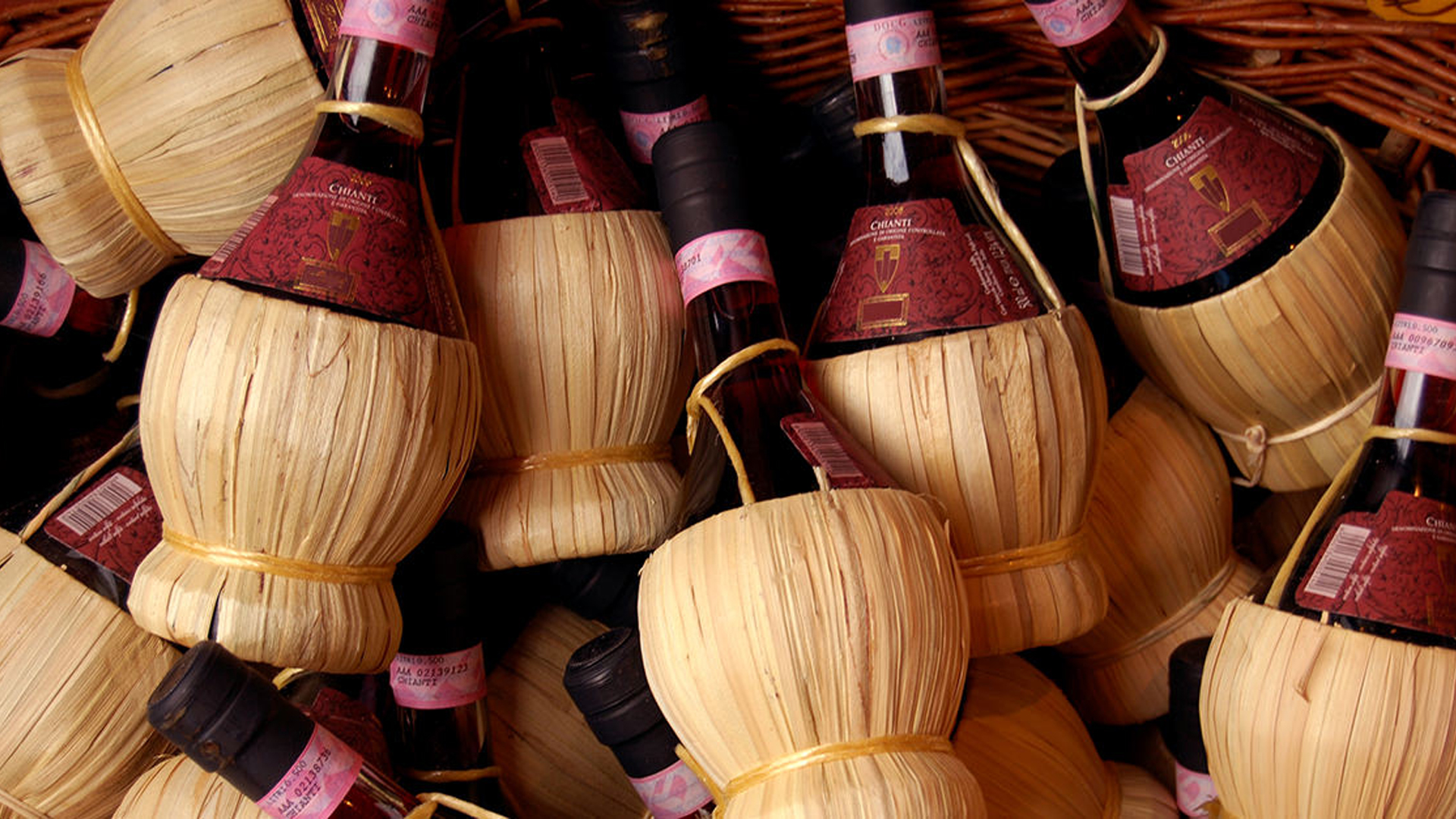Few wines are quite as iconic as Italian Chianti. That's not surprising given that grape cultivation began in the Chianti region even before the Roman Empire, and eventually became the first wine in the world with a designated growing region. However, it wouldn't be an Italian wine without a little controversy, and some heavy-handed regulation.
Chianti is a dry red wine made, just one of the many wines produced in Tuscany. It is strongly associated with the areas around Florence where designated growing regions are located. It is made from a blend of grapes with the main grape the Sangiovese, the same grape that goes into wines like Brunello di Montalcino and Vino Nobile di Montepulciano. Only recently have some types of Chianti Classico been allowed to be made from 100% Sangiovese grapes.
Perhaps the best-known variant is Chianti Classico, a regulated term differentiating it from the California chianti sold by the gallon and the table wine in straw-wrapped bottles. The rules have changed over time, but generally Chianti consists of at least 70% Sangiovese grapes, and Chianti Classico at least 80%, along with a mix of several other varietals from the region. Regulators have been adding subzones of Chianti like Chianti Ruffina, Colli Sensei, Colli Fiorentini, Colli Pisane, Colli Artini, and Montalbano, indicating ever more specific places. All of these wines have their roots in ancient history, quite literally.
Ancient History
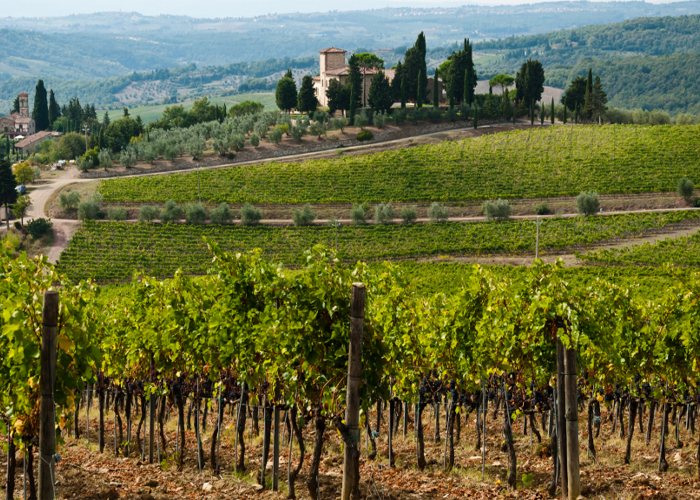
Etruscans first brought wine cultivation to Tuscany. They found grapes naturally growing in the region, but they were the first to begin the process of taming those vines some three thousand years ago. They created root stock that future vineyards would build on.
In 59 B.C.E, Julius Caesar established a settlement for Roman legionnaire veterans along the Arno River called Florentia. The settlement eventually evolved into modern Florence. The Romans continued the Etruscan tradition of growing wine in the region, often right on the existing vines.
Roman vintners did further develop the grape varietals including early versions of the Sangiovese grape. In Latin, the word Sangiovese means "blood of god," or “Jupiter’s blood.” However, the ancient wines the Romans produced were very different from modern Chianti. Nevertheless, the legions helped establish the industry and traditions of wine growing in the region.
Renaissance Chianti
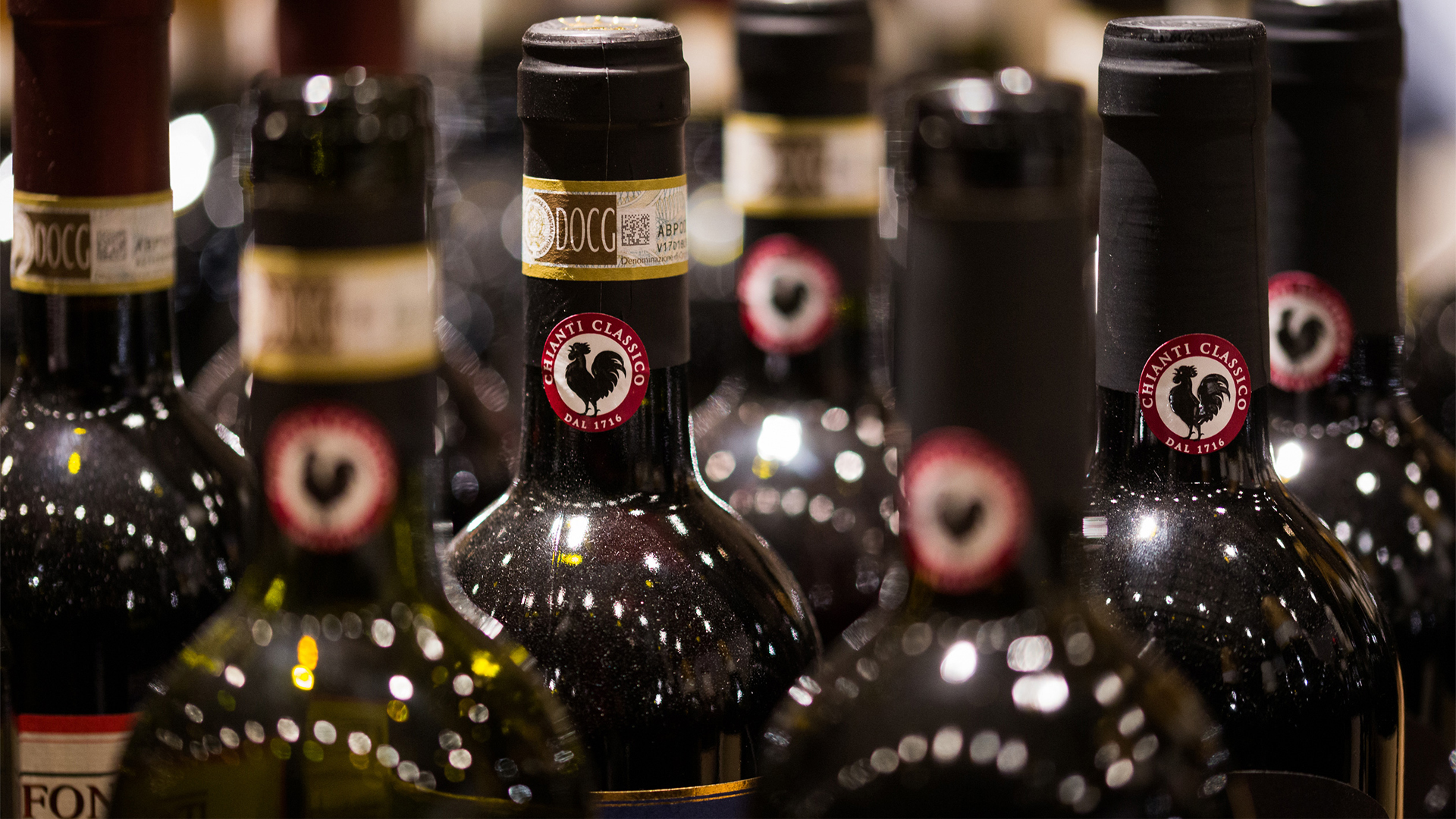
By the 14th Century, chianti production had grown into a formalized part of the economy. Looking to control the market, the Florentine Republic created the League of Chianti in order to regulate the wine trade. It was in 1384 that the league first adopted a black rooster as their symbol. The black rooster has its origins in a legend that may or not be entirely true.
Florence had been feuding with nearby Siena over a land boundary. In order to settle the disputed territory, the two cities decided to establish the border through a competition. Each city would send a knight out at dawn and where the two met, the new boundary would be laid. In what sounds like a classic case of myth building, Florence relied on a black rooster to wake their knight and was able to race deep into the disputed territory before meeting the knight from Sienna. Sienna, legend holds, had relied on a white rooster to rouse their champion. The two met at a boundary favorable to Florence, and the reward was land for growing wine. Whether or not that story holds up historically, the League chose the black rooster as their symbol.
In 1716, Grand Duke of Tuscany, Cosimo III, a Medici, sought to further regulate wine production. The best way to accomplish this was by limiting where it could be produced. He declared four specific areas, and three of these areas now produce variations of Chianti with specific DOCG designations.
Chianti is Born
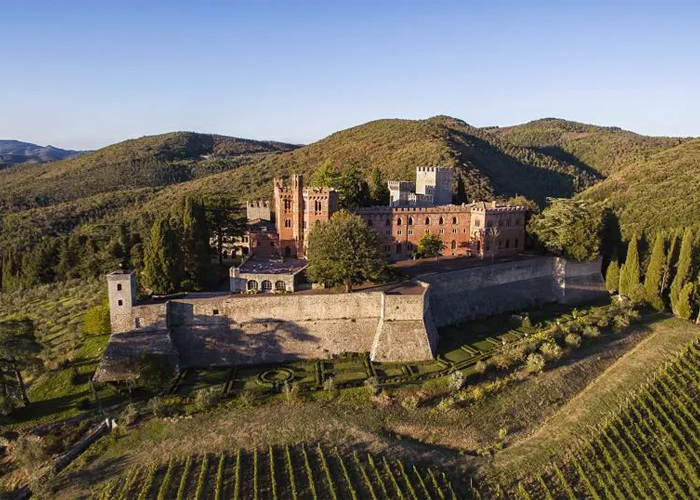
These earlier Tuscan wines, even if they were referred to as chianti, were still quite different from the modern version. It wasn't until the 19th century that a formula for blending Chianti as we know it today was created.
Baron Bettino Ricasoli inherited an ancient Tuscan estate filled with grape vines. Luckily, he was curious about the agricultural product produced there. He eventually developed ratios of wines to create the modern Chianti. His ideal contained 70% Sangiovese blended with equal parts of Canaiolo Nero and Trebbiano or Colorino. The Trebbiano grape, controversially, is white. The ever-evolving regulations by the Italian government have changed these ratios and even banned white grapes, but Ricasoli is largely considered the original chianti.
Today, his ancestors control the largest winery in the Chianti Classico region.
Chianti Classico
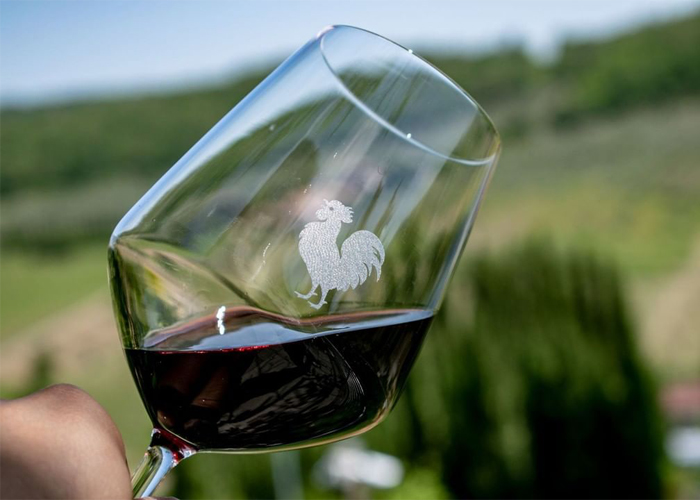
By the 20th century, Chianti was being overproduced. Despite the popularity, there was simply too much of it, and a lot of was of low quality causing the reputation and the price to fall. In 1924, a group of producers came together to create the Chianti Classico Consortium. The goal was to improve the quality of the wine while reducing the overall quantity with the hope that by making less, they would earn more.
A commission was established in 1932. They eventually defined six subregions, but the requirements were fairly relaxed and did little to improve the overall quality. Not that it mattered, a few years later, World War II would disrupt wine production entirely.
Chianti Becomes a Legal Term
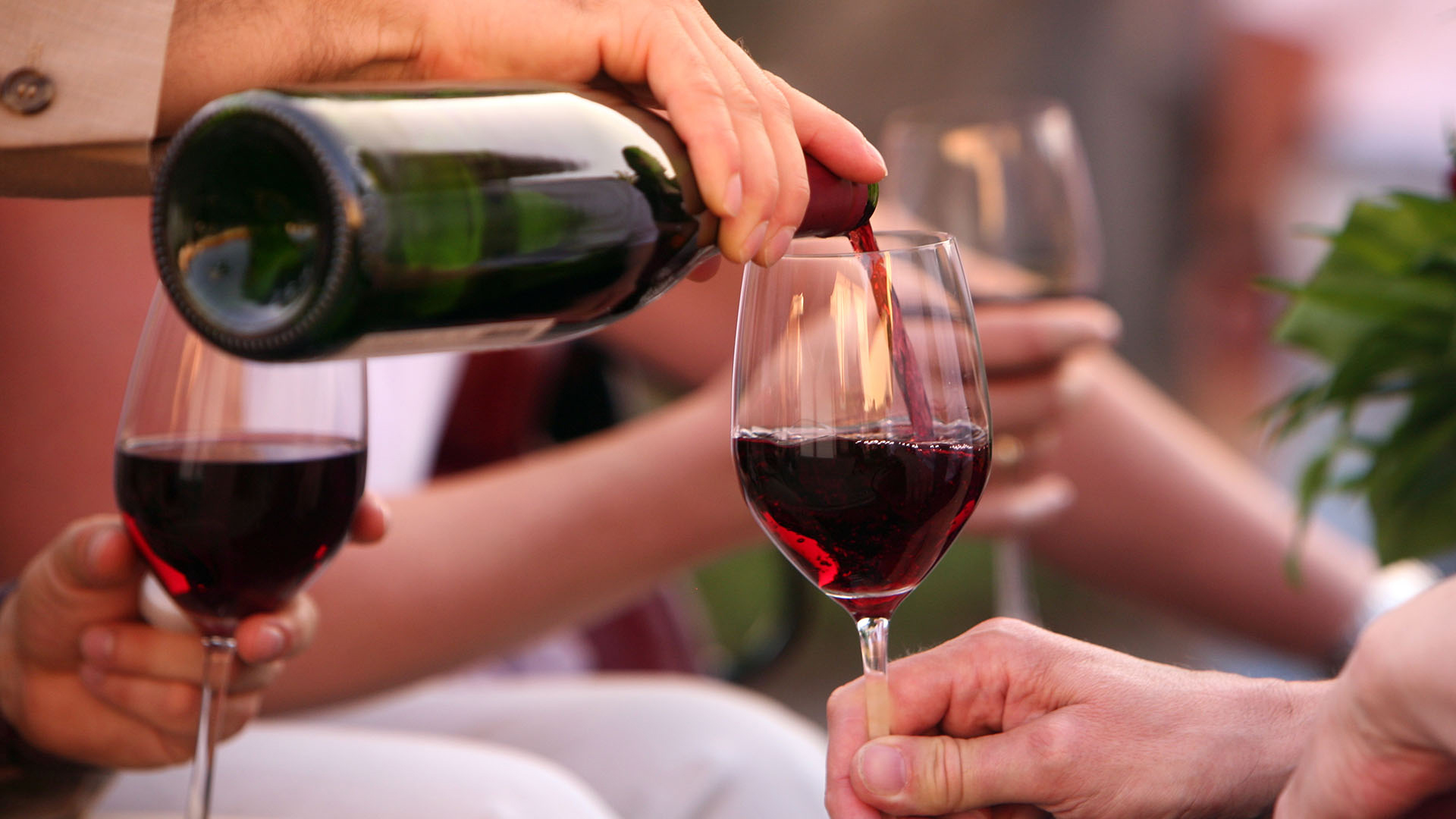
The Chianti Classico Consortium had not entirely sorted out the problems Chianti faced. But in the post-war period, Europeans formed the European Economy Community. While it brought the continent closer together from a financial standpoint, it also threatened local agricultural heritage. The countries then began setting up designated regions for official products. The result in Italy was the system of Denominazione di origine controllata (DOC) and Denominazione di origine controllata e garantita (DOCG), ensuring certain products were produced in specific areas, in traditional ways, with the hopes of improving quality and protecting local industries from inexpensive imports.
In 1967, a Chianti DOC was finally defined. However, as had happened with previous attempts at regulation, the designation allowed for and even required the inclusion of lesser local varieties. And since this designation followed the 19th-century formulation, it allowed for white grapes in the blend. It wasn't until 2006 that white grapes were banned.
At the time, a few wine producers in the region believed the rules too restrictive, particularly requirements to blend in inferior grapes or prohibitions on unblended Sangiovese. The restrictions spawned what came to be known as the Super Tuscan movement. Renegade winemakers threw away the rule books. However, with the rules in place, they were forced to label their product as table wine. Recognizing that many of these wines were growing in popularity, in 1992, the government introduced the Toscana IGT label.
By 1984, Chianti Classico received a DOCG designation with approximately 100 square miles, and finally, in 1996, 100% Sangiovese grapes were allowed to be labeled Chianti Classico. However, these rules continue to evolve. While Chianti Classico is now differentiated as grown in a territory defined by Cosimo III de' Medici, new subregions and new designations are still being created, such as the Chianti Classico Gran Selezione – another attempt to improve the quality of Chianti.
Today, the consortium insists that Chianti and Chianti Classico are not only grown in different places but are distinctly different wines entirely. Either way, the price of Chianti, while still perhaps a good value wine, has been increasing.
Ian MacAllen
Ian MacAllen is America Domani's Senior Correspondent and the author of Red Sauce: How Italian Food Became American. He is a writer, editor, and graphic designer living in Brooklyn. Connect with him at IanMacAllen.com or on Twitter @IanMacAllen.

